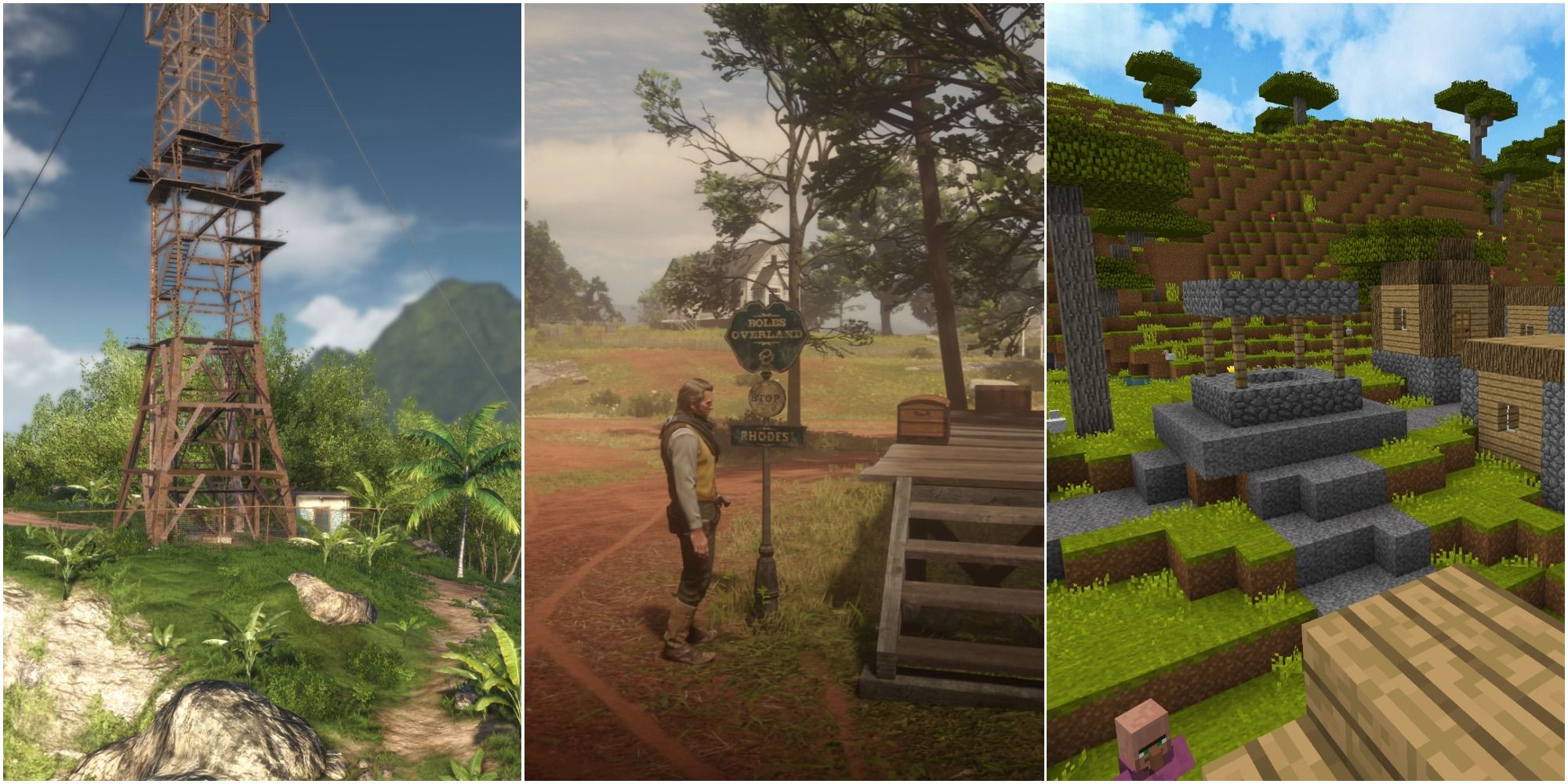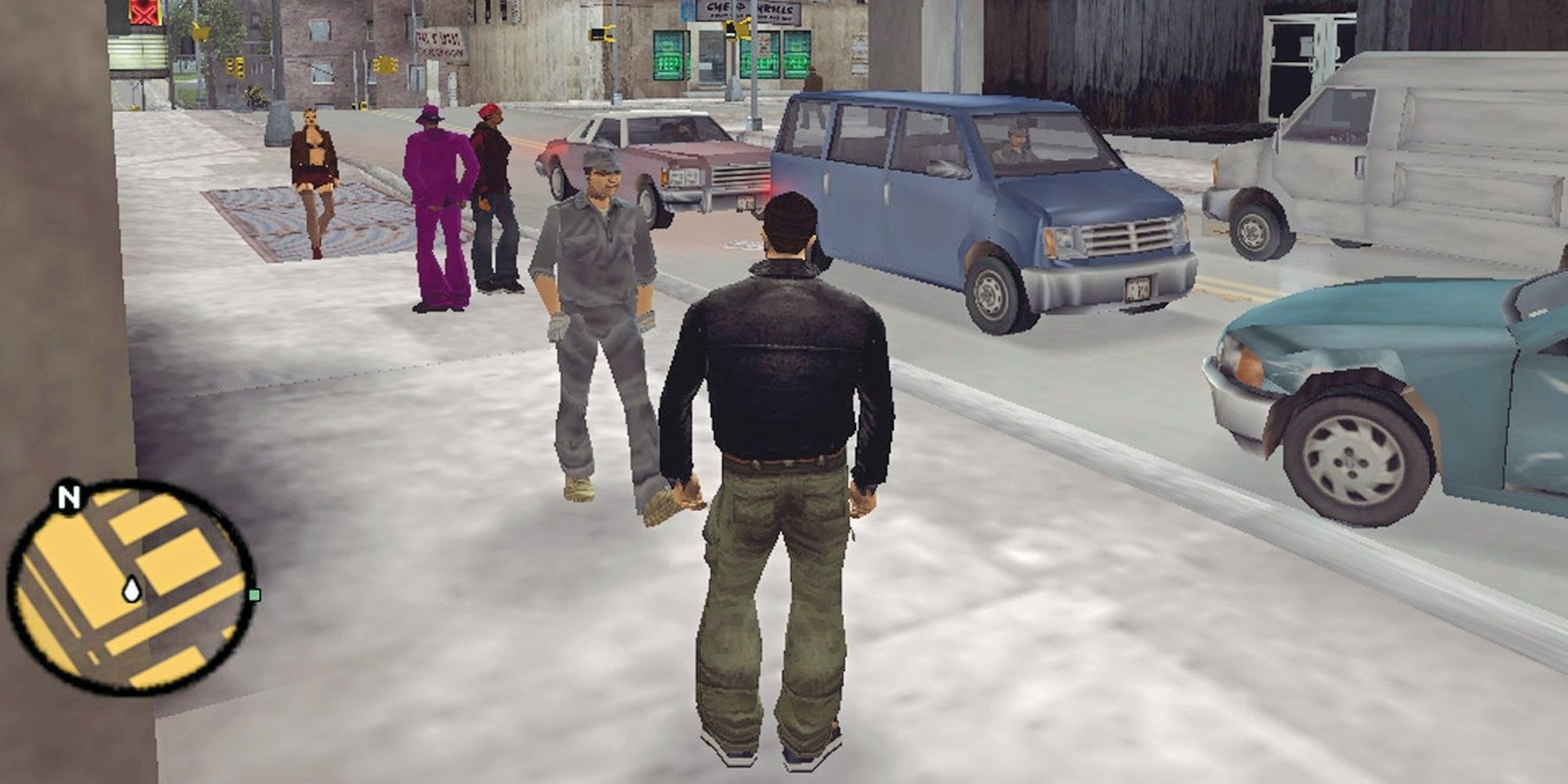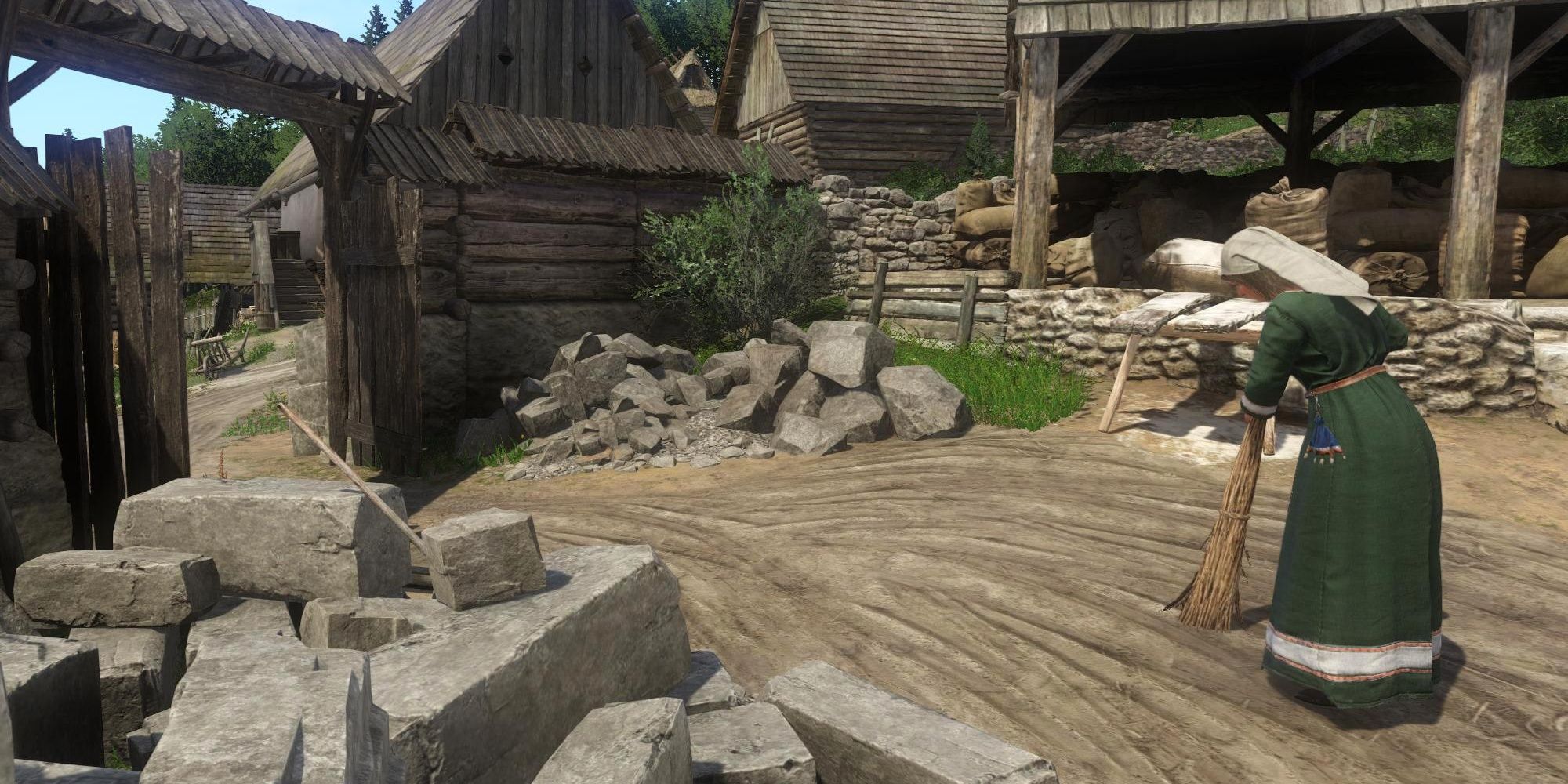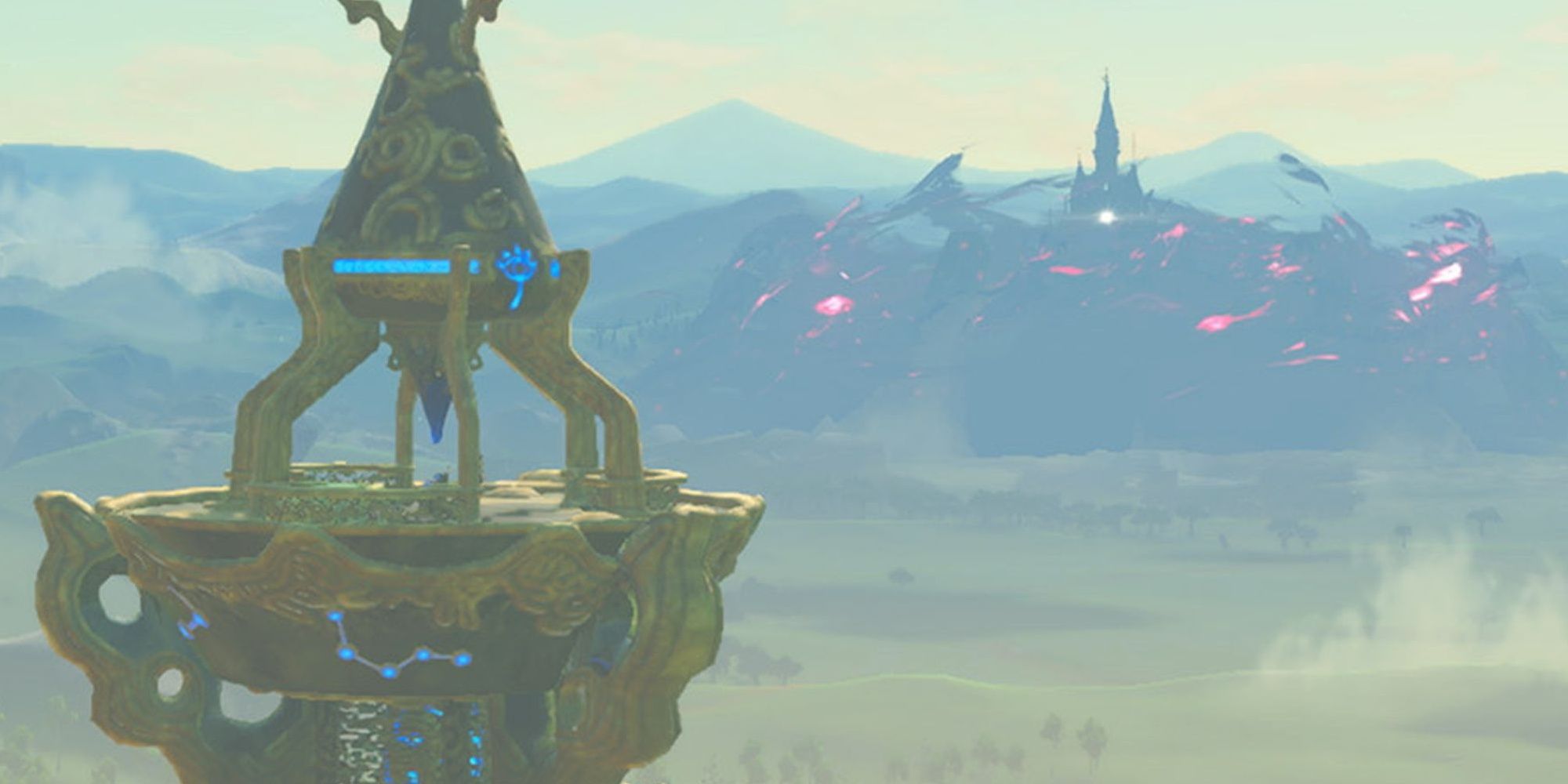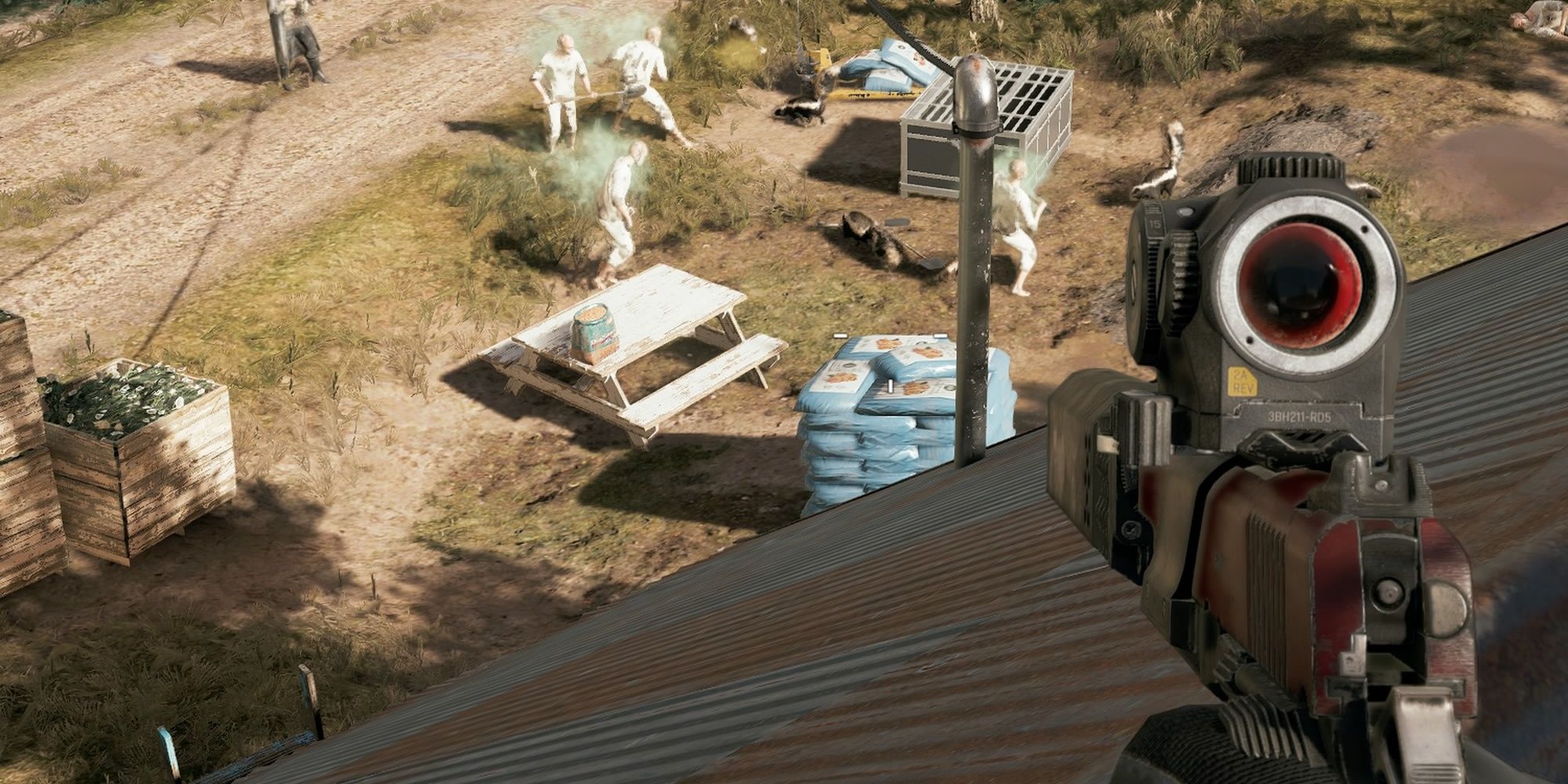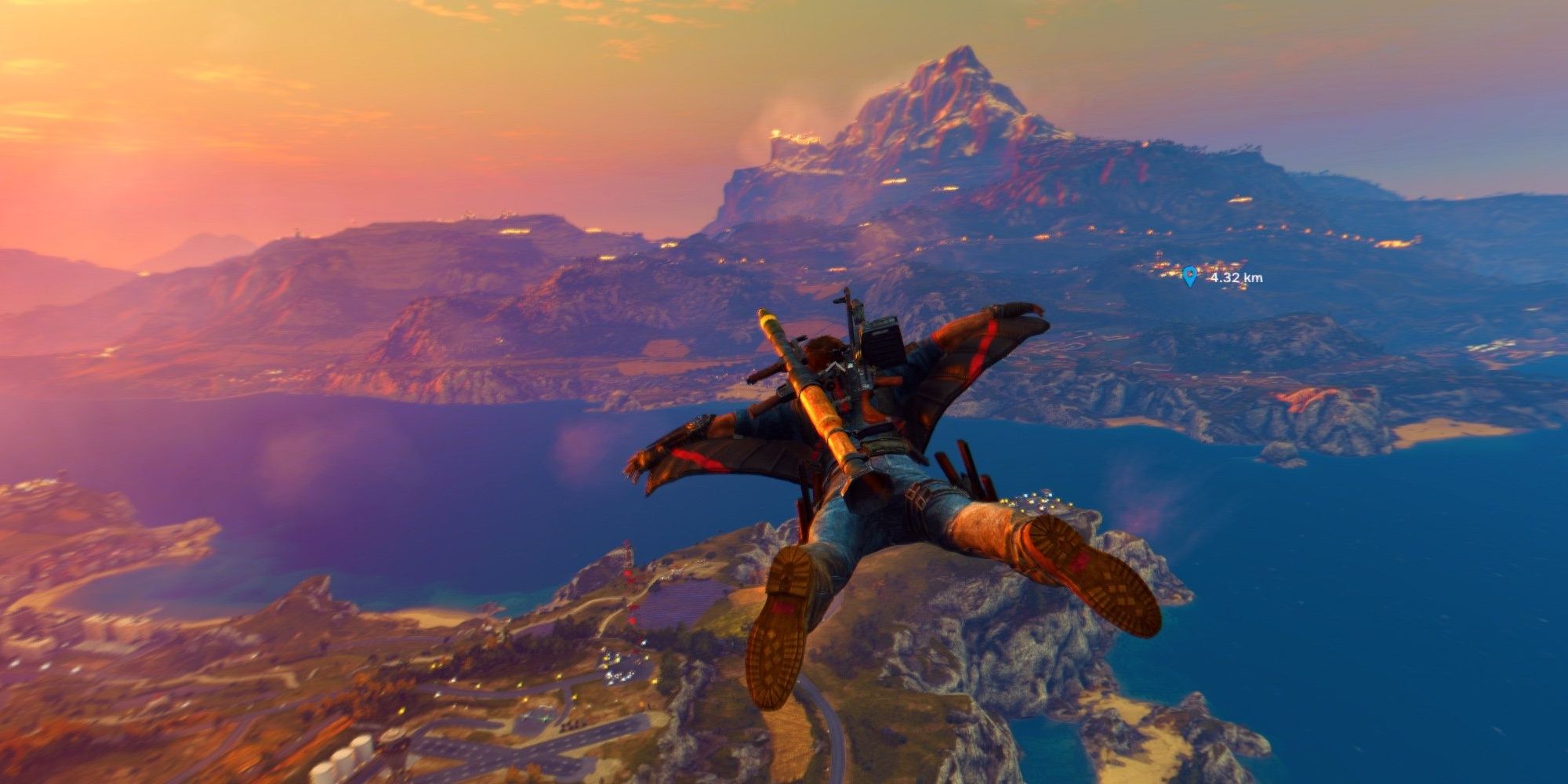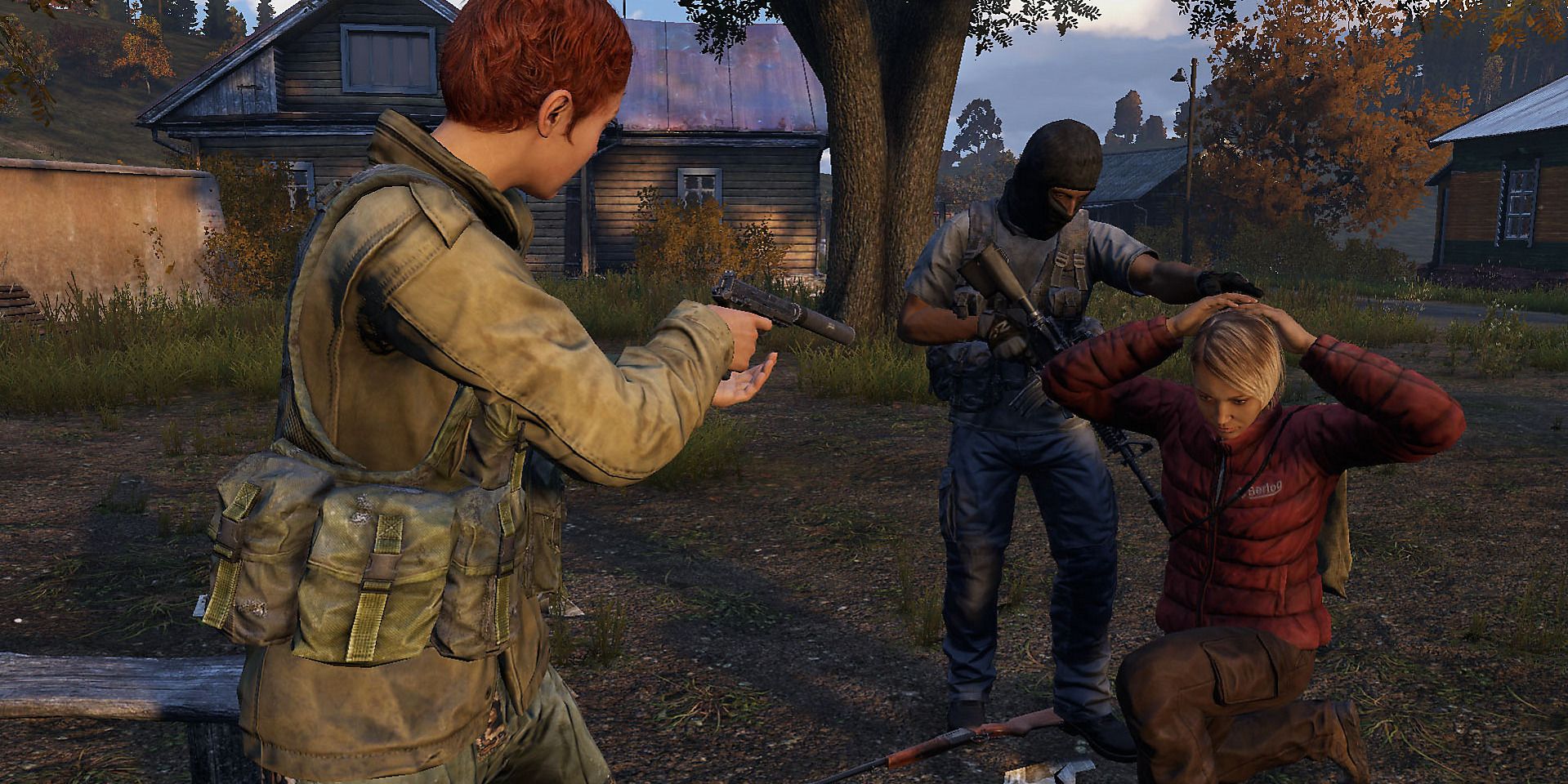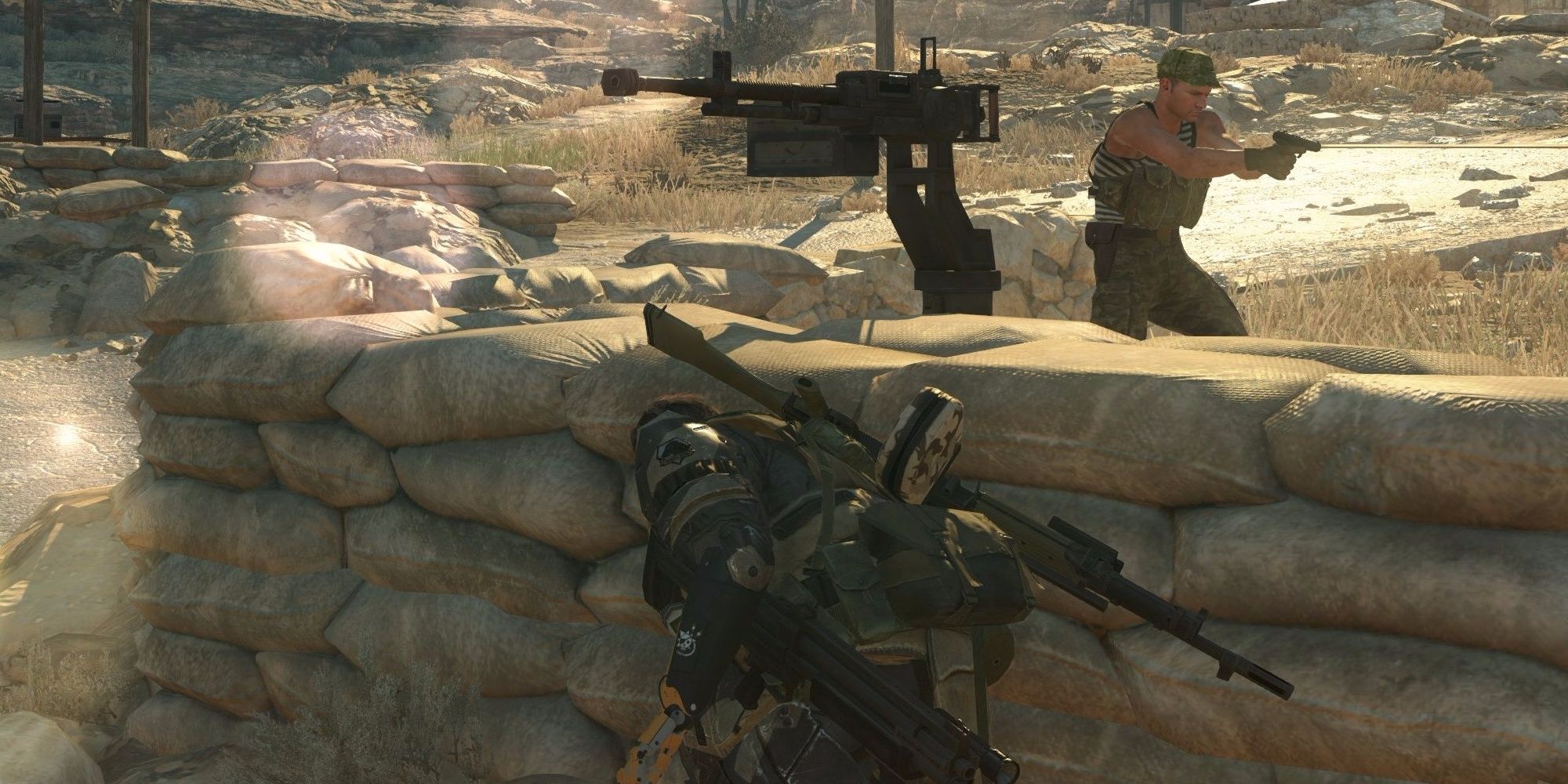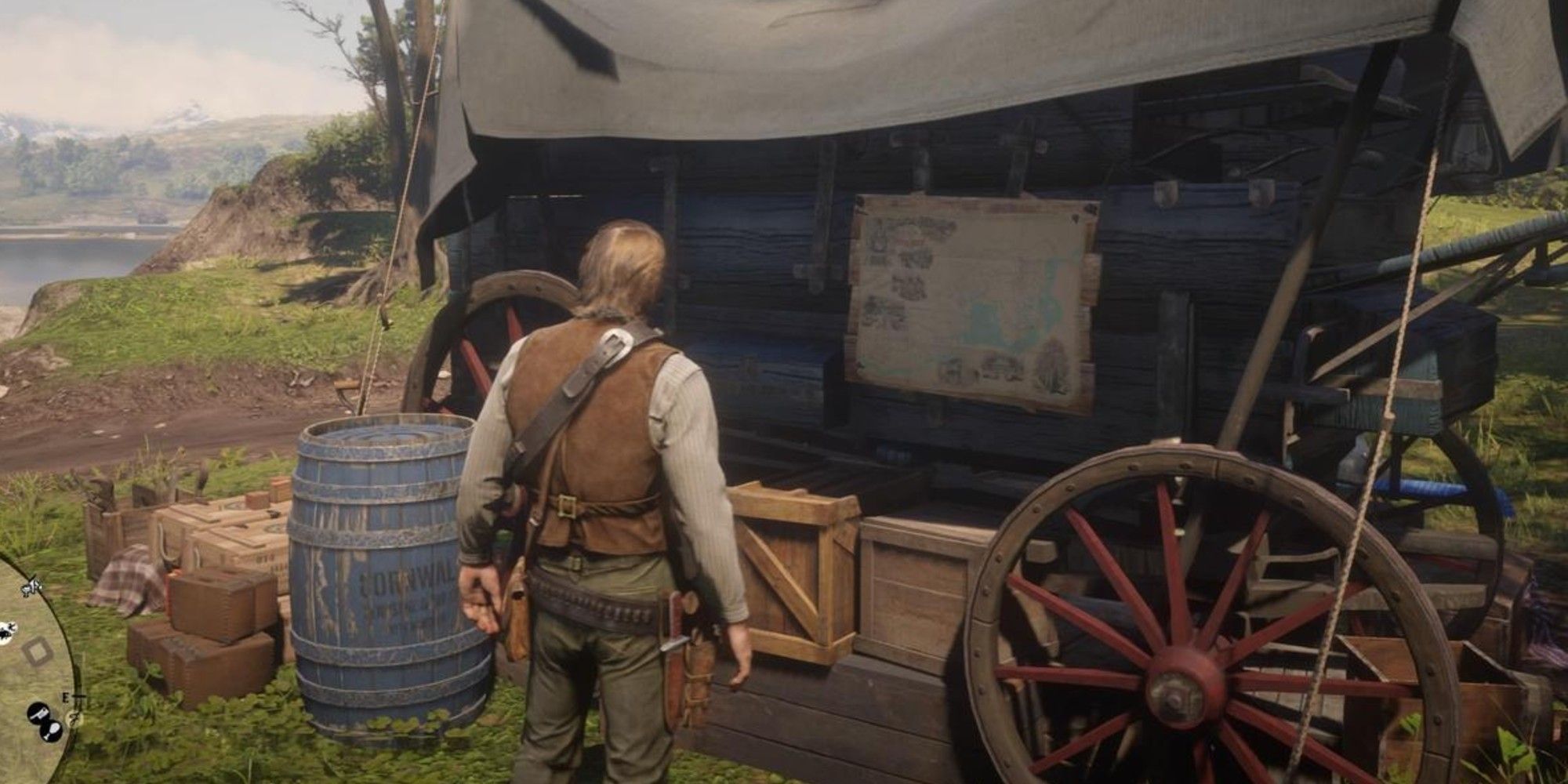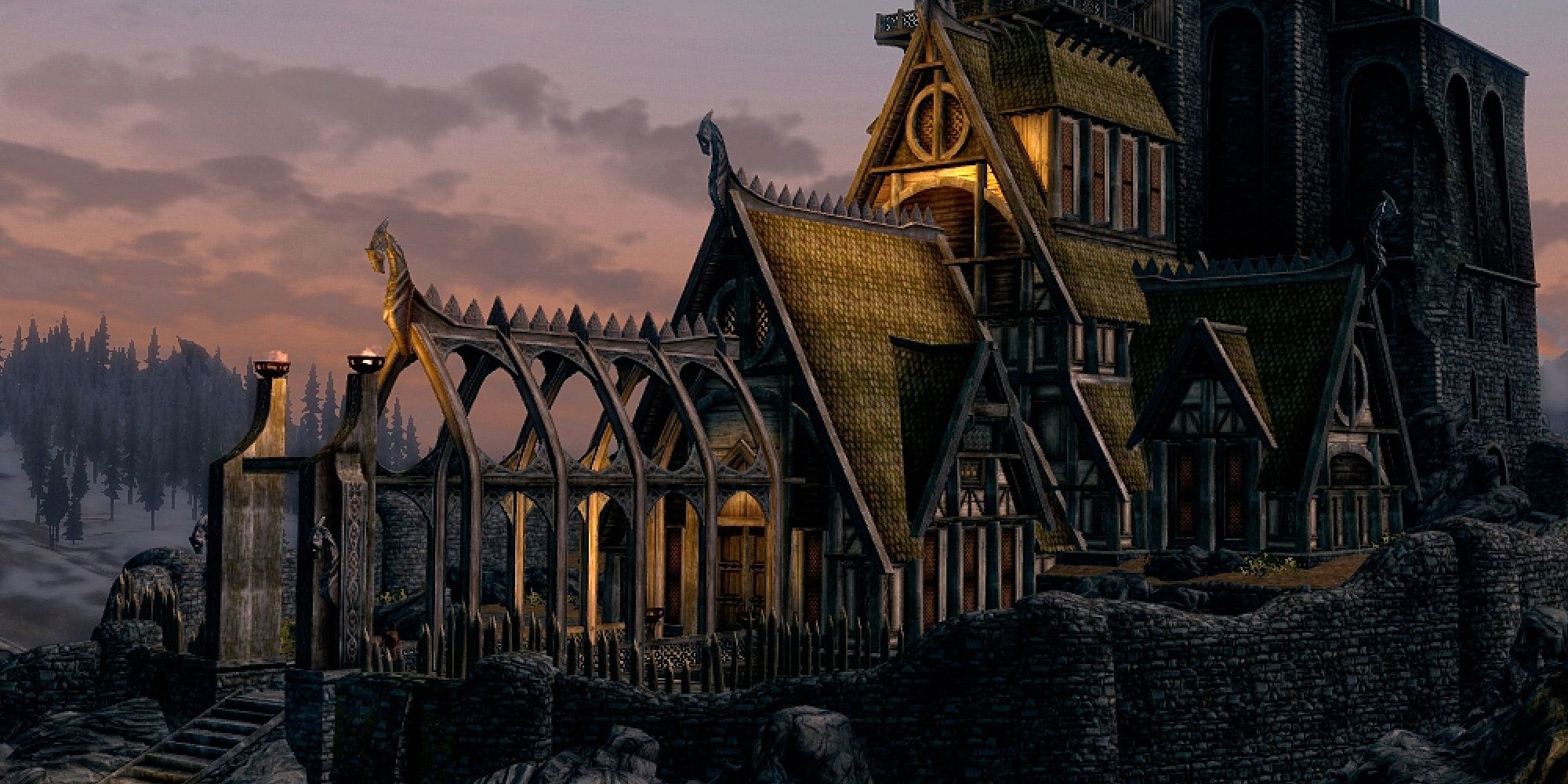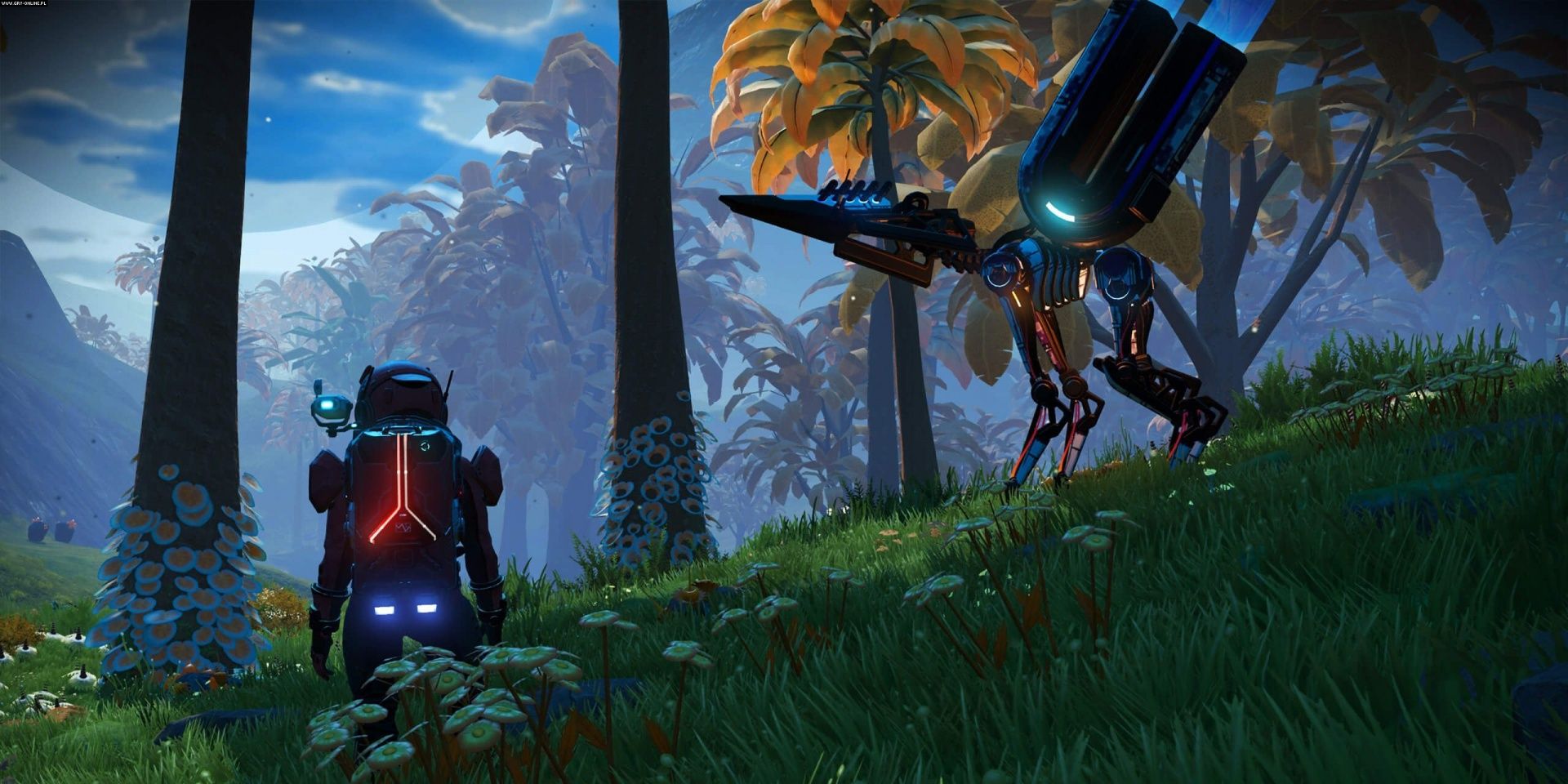Open-world games have proven to be one of the biggest video game genres in the past decade, though they have existed for much longer. They excel at letting the player set their own pace when experiencing a game, allowing for a wider audience to enjoy it.
Some of the biggest franchises in the video game industry are predominately open-world and can be found on Game Pass. But as with all things, they did not appear out of thin air. These types of games have evolved over a span of many years, adding new ideas and innovations on top of what came before. There have been many times where these games leaped forward and forever changed the open-world genre.
10 3-D
The oldest open-world games were bound by the technology of the time. The first open-world game was Taito's Western Gun back in 1975. It was 2-D. With the addition of 3-D, players had a whole new way to experience their games.
Starting with Mercenary back in 1985, the addition of 3-D became increasingly popular. What was appealing about it was the sense of depth and verticality that it brought to games, opening the door for far greater possibilities that designers and gamers could discover and interact with.
9 NPC Schedules
NPC's are an essential part of any open-world game (just look at Fallout 76). They give life to the world the developer is crafting. In a lot of games, these NPC's would just stand around waiting for the player to come by and interact with them. They failed to come across as people who inhabited that land or area.
That is when NPC schedules came in. All of a sudden NPC's developed their own unique cycles that they would execute day to day that would have them going to different places and performing different activities. The player was no longer talking to a stranger out in the middle of a field, they were talking to a farmer who was tending to that field in the midday and would then eat dinner later that day at the pub. They can even help the player should certain conditions be met.
8 Towers
There is no denying the proliferation of towers in modern open-world games. They are an efficient way to encourage the player to explore so that more of the world map would be revealed to them. While many have grown tired of the use of this mechanic, there are still games that take this idea and put a fresh spin on it.
Breath of the Wild, for instance, allows the player to use towers to manually scout the surrounding area or to use towers as jumping-off points for their glider. It takes on a more multifaceted role. So long as these reimaginings keep occurring, towers will remain an integral part of the open-world formula.
7 Enemy Bases
No other aspect of the open-world sandbox is more iconic than the concept of the enemy base. This occurs in both games known and unknown in the open-world genre. It can be tackled in any way that the player wants to, stealth, loud, somewhere in-between.
It is the embodiment of what developers try to achieve in a sandbox environment, player freedom. Some bases may be conquered by eliminating all enemies on-site, others may have the player just destroy everything of importance. These are just a few variations of the idea. Despite its arguable overuse, the idea of the enemy base is still an influential one and one that continues to captivate players.
6 Glider (Advanced Movement)
As with any open-world game, the player will be spending a lot of their time traversing it. Depending on the size of the world, this could take up a significant amount of time. So to make this aspect of the game more enjoyable, developers came up with other means of transportation.
The more popular option as of late is the glider. Simply leap from a high place and watch your character cover vast fields of land in a matter of seconds. Advanced mobility options exist in a number of ways beyond gliders though. Prototype's parkour system for example. Anything to make the trip from point A to B more tolerable.
5 PvP Interaction
Most open-world games are built around the player's interactions with other players. But with the addition of multiplayer elements, the dynamic changed drastically. Games like DayZ paved the way for players to interact with one another, either as allies or as enemies.
The tense uncertainty of these collisions made these games stand out in a significant way and allowed for some of the most unique interactions a person could have in a game. Of course, there was also cooperation, but the addition of teamkilling made such things rather sparse.
4 Sandbox (Emergent Gameplay)
In the earliest days of the open-world genre, the player was extremely limited in what they could do. Normally, any given situation could only be approached in a very specific way otherwise the player would fail or not be able to progress further.
Then came along the sandbox. Now players can solve a problem in ways the developer never even thought of. Like when a random tiger attacks a patrol after the player throws bait into the road, or by dropping a supply drop on an unsuspecting enemy's head. The possibilities grew immensely.
3 Fast Travel
As open-world games were driven to become bigger and bigger, developers needed a way for players to get across the map on time. Thanks to the fast travel system, a player could revisit previous locations so that backtracking time would be reduced to a minimum.
With this, the developer could artificially increase the pace of the game without having to reduce the size of the game. As for those who prefer exploring these vast landscapes, everything between these fast travel points still exists for the player to discover at their own leisure.
2 Factions
In open-world games, a lot of players want to feel like they have entered a living, breathing world. One of the ways developers have been able to do this is by including a faction system. Each faction would control their own territory and have their own way of carrying themselves.
The player is then left to do whatever they wish with these factions, but the spark of conflict ignites an interest in the average player's heart, drawing them further into the world. Sometimes, players can even help shape the world by aiding these factions, leading to great story moments both intentional and otherwise. There is hope that the upcoming Starfield will improve on what Skyrim started.
1 Procedural Generation
After No Man's Sky, many players were left wondering about the efficacy of procedural generation in an open-world design. However, when done well, the prospect of procedural generation becomes an enticing one that leads to more possibilities than anyone could imagine.
It makes every interaction that a player has with a given world a unique one to them, which is something that appeals to a lot of the gaming populace. This concept in relation to open worlds is still rather rudimentary, but the potential that lies within could change the face of the open-world genre forever.

